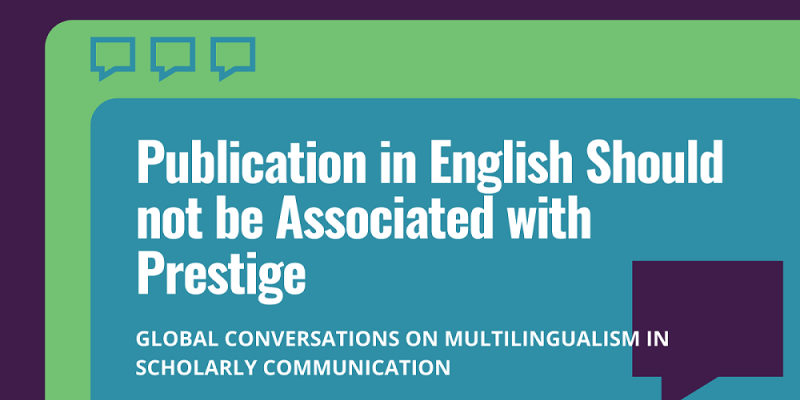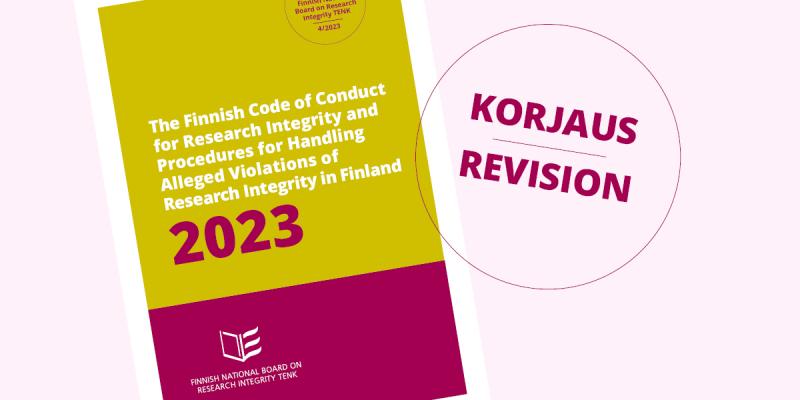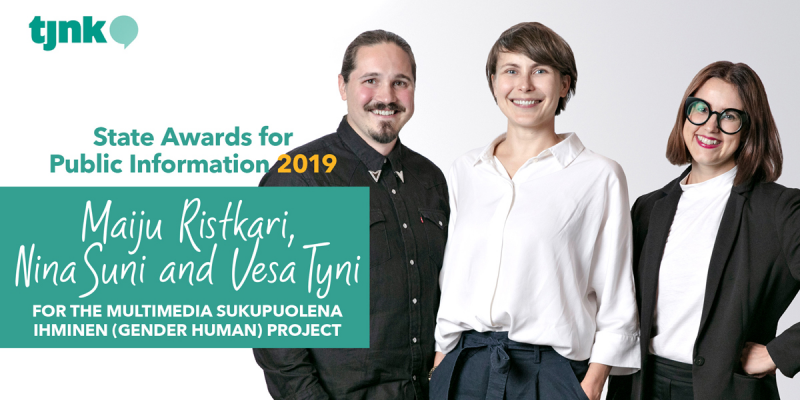Both professions intertwine analysis of the reasons and the consequences of things, fuelled by a natural sense of curiosity.
“The latest research caused a baby food scandal – a researcher found a link between baby purées containing berries and type 1 diabetes. A professor explains whether it is still safe to feed our babies baby purées.” (Helsingin Sanomat 8.9.2016)
“The University of Eastern Finland apologises for failures in measuring vitamin D content” (Yle news 16.11.2012)
The news media’s enthusiasm for science continues to grow. Scientific research produces new information every single day, and the media machine which churns out stories round the clock has an insatiable demand for new stories to tell. Research handily provides numbers, millilitres and centimetres, euros and kilogrammes. The figures are juicily fed into newspaper headlines to lend gravitas and the appearance of facts. Research into environmental and health risks is an inexhaustible treasure trove for journalism, whose producers know that fear sells. This is borne out by the above newspaper headlines, whose publication caused media storms.
The ethos of trust
Science digs deeper, journalism exaggerates. The researcher is not the most important thing, the result of the research is. Without a narrative and characters, a story is lifeless. These are typical claims used to justify the difficulties inherent in popularising science, and the sometimes uneasy collaboration between researchers and journalists. While science attempts to explain the world on evidence-based grounds, always correcting itself, journalism seizes the moment and demands explanations fast. Both are united by striving for truth but to scientists the media often seems to be too simple and to generalise too much. Researchers have criticised journalists for exaggerating the issues and for distorting their statements. For their part, the journalists feel that the researchers fail to provide clear enough answers and are too pedantic.
At first glance, scientific research and news journalism seem to be like incompatible cousins trying to get on on a family holiday.
Because both professions are ultimately seeking the truth, one might think that scientists and journalists would get on very well. Both professions intertwine analysis of the reasons and the consequences of things, fuelled by a natural sense of curiosity. Another thing they have in common is a professional ethos founded on trust. A referee for a scientific journal cannot start checking the cell cultures and rodent trials of the scientists behind the article they are asked to review; they have to trust the results presented in the article. The editor-in-chief responsible for a news medium cannot sit behind the chair of each individual journalist; they have assigned the power of checking and interpreting facts to their journalists.
Just as there is no such thing as completely objective science, nor is it possible to completely attain objective communication.
Besides truth, the most important cornerstones of the journalist’s professional ethics are defending freedom of speech and independence and distinguishing between the private and the public spheres. The Guidelines for Journalists, which regulate good journalistic practice in Finland, have had to be amended on many occasions as a consequence of the revolution in both the concept of information and the whole media culture. Today’s guidelines, for example, state that “The journalist must aim to provide truthful information”. In the instructions for journalists from 1976 the truth was clearer: “In his work, the journalist must aim for the truth and for error-free and multi-faceted information.” Like science, journalism too has had to accept that phenomena are complicated, multi-layered and subject to interpretation. Just as there is no such thing as completely objective science, nor is it possible to completely attain objective communication.
Scientific disputes wind up before the Council for Mass Media
The Council for Mass Media is at the heart of the Finnish media’s self-regulation system. It was founded in 1968 to interpret good journalistic practice and defend freedom of speech and freedom of publication. In practice, all Finland’s major media companies and journalists have undertaken to comply with the Guidelines for Journalists. These guidelines concern all journalistic work. They have been drafted specifically for the purpose of self-regulation. The guidelines are not intended to be used as grounds for criminal liability or damages. The 13-member Council issues a ruling either exonerating or condemning the media or news agency in question. Since 2015, the Council has also been able to issue a serious reprimand in particularly flagrant cases.
The aim to provide truthful information is particularly severely tested in science news, which tends to set the prevailing view up against an interpretation that challenges the scientific community. Scientific disputes are typically found in historical research and environmental research. For a short space of time, medicine was also thrown into confusion by new research and imaging methods. These research areas also come up before the Council for Mass Media.
In my own research, I analysed the Council’s rulings on science stories. From a total of 1,606 rulings made in the period 1994–2015, the proportion concerning science amounted to approximately four per cent of all complaints. However, it is worth bearing in mind that a large proportion of complaints each year are weeded out at the preparation stage for various reasons.
The most common reasons for complaints concerned hidden advertising (20 cases) and various scientific disputes (20). The professional position of people working in science also aroused complaints (16) from the media audience. Other subjects (6) were usually linked to the headlines of science stories. Under the Guidelines for Journalists, headings must be justified by the substance of the story. Rulings condemning the media were equally frequent regarding science stories and regarding other complaints – an average 40 per cent of stories in that period received a reprimand from the Council, i.e. were found to have contravened the Guidelines for Journalists.
Demarcation in the RCR guidelines
In the years ahead, it will be interesting to see how the guidelines on the responsible conduct of research and procedures for handling allegations of misconduct in Finland (the RCR guidelines), which are becoming established, and the Guidelines for Journalists will “negotiate” between each other. What should we think about stories with eye-catching headlines about brand-new research results, when examining them against the RCR guidelines, for example, which condemn “misleading the general public by publicly presenting deceptive or distorted information concerning one’s own research results or the scientific importance or applicability of those results”? Because a researcher cannot decide the headline of a newspaper piece or the angle chosen by the journalist, or limit the possible consequent media storm, could a researcher unwittingly end up being accused of misrepresentation?
What should we think about stories with eye-catching headlines about brand-new research results, when examining them against the RCR guidelines, for example, which condemn “misleading the general public by publicly presenting deceptive or distorted information concerning one’s own research results or the scientific importance or applicability of those results”?
Another essential question is also the publication of initial research findings in the media before the scientific community has had time to broadly approve them. The increasing pace at which science is publicised and competition between research institutions create an unnecessarily favourable breeding ground for media hype, whose ever increasing speed can be difficult to halt. It is also essential, in terms of both journalism and scientific credibility, that journalists are able to place research in the correct context and that researchers manage to curb their enthusiasm.
Ulla Järvi, Secretary General of the Finnish Association of Science Editors and Journalists, member of the Council for Mass Media 2014–2016
Further information:
Järvi, Ulla (2016): Tiedekiistat ja tekstimainonta johtavat Julkisen sanan neuvostoon. In: Järvi, Ulla & Tammi, Tuukka (eds.). Maito tappaa ja muita outoja tiedeuutisia. Vastapaino.
Responsible conduct of research and procedures for handling allegations of misconduct in Finland: http://www.tenk.fi/sites/tenk.fi/files/HTK_ohje_2012.pdf
Guidelines for Journalists: http://www.jsn.fi/en/guidelines_for_journalists/
You might also be interested in
Tämä teos on lisensoitu Creative Commons Nimeä 4.0 Kansainvälinen -lisenssillä. Detta verk är licensierat under en Creative Commons Erkännande 4.0 Licens. This work is licensed under a Creative Commons Attribution 4.0 International license.


